Course Structure
Chapter one: Introduction to HoudiniIn this first chapter, we’ll start by talking a bit about hardware and software for working with Houdini. Next, we’ll discuss the concept of Proceduralism and some of the features that make Houdini so unique. Then we’ll dive into Houdini and start familiarizing ourselves with the UI and Navigation as well as the basic principles and workflows of Houdini. Finally, we’ll talk a bit about our main project - the Arc Reactor - and we’ll start preparing the elements you’ll need to start modeling on chapter 2.
Chapter 2: Modeling in Houdini
This chapter will be all about modeling. We’ll go through different operators to model each piece of the Arc Reactor: PolyExtrude, PolySplit, PolyBevel, Transform, PolyEdit, Sweep; which are the main tools that you will use for all your future models. In the process, you will gain confidence about working in Houdini. The methods we’ll be exploring this week will be very simple and accessible but will become more complex as we progress.
Chapter 3: Advanced Modeling
We’ll be diving into some more complex notions that are essential to master advanced modeling techniques making use of operators like CopytoPoints, CopyStamp and ForEach Loops which we’ll use on the little pieces that repeat themselves throughout the model, so we have total control over their position and orientation making sure there is always a bit of variation among them. This will require us to go through some basic vector math which is valuable knowledge that can be applied in many different contexts besides modeling. With these new concepts, you’ll gain a lot of control over your model and we’ll take our Arc Reactor all the way to the completion.
Chapter 4: UVs and Rendering the Arc Reactor
Having finished the Arc Reactor model, it’s now time to give it some UVs, apply some shaders, light our scene and render. We’ll have a look at the different options we have for generating UVs and laying them out in Houdini, from fully automatic to fully manual. We’ll learn the basics of working with Mantra, which is a powerful and extremely robust render engine, perfectly integrated in Houdini and its workflow. Besides learning the basic principles of lighting, we’ll make extensive use of the Principled Shader as our go to material to quickly shade our model and give it a realistic look.
Started on an ArchViz studio in 2008 and went freelancer on 2011. I'm a true CG Generalist and an Instructor since 2010. Currently I'm also the 3d Program Coordinator at a CG School in Lisbon called Odd School.
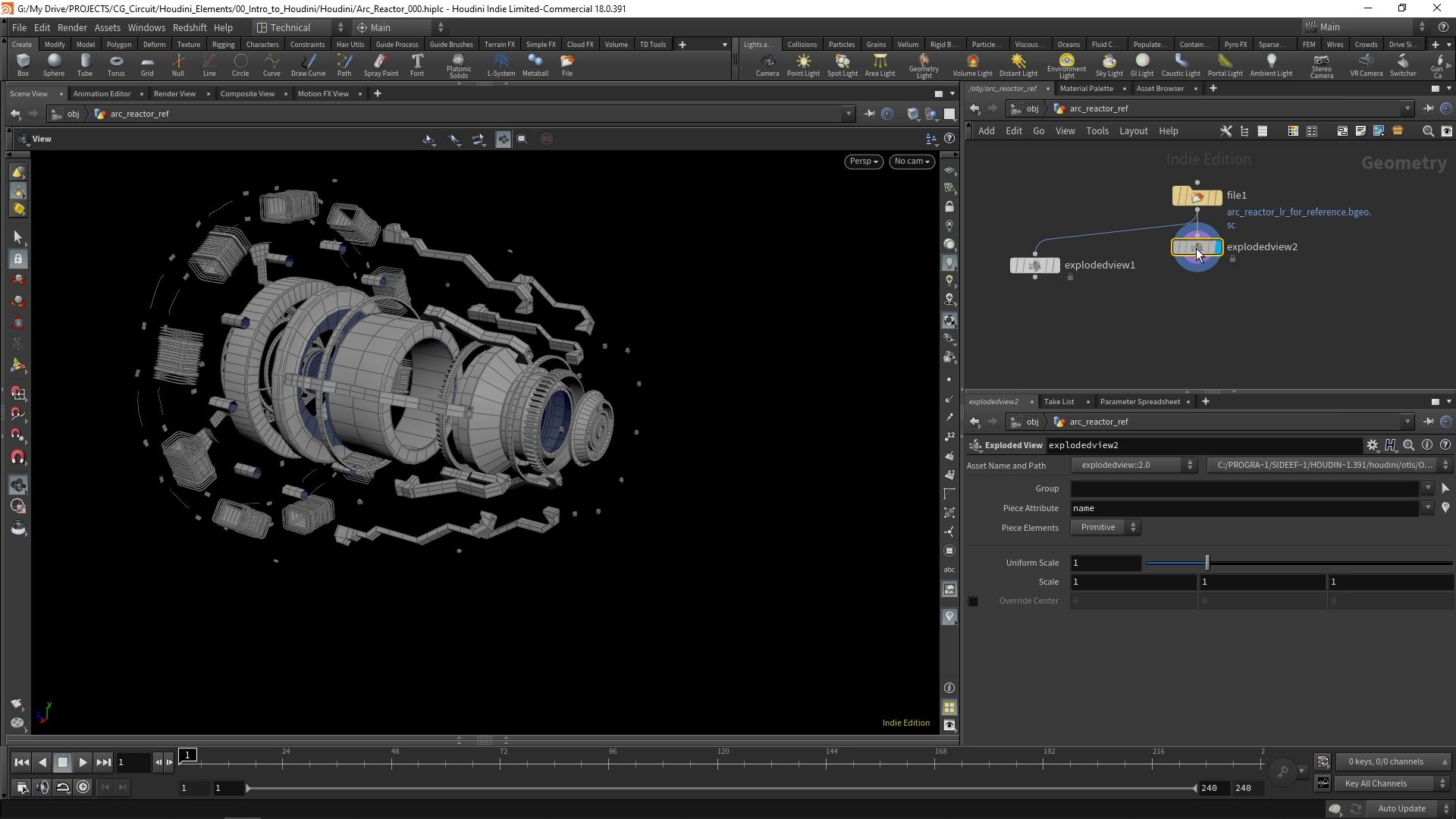
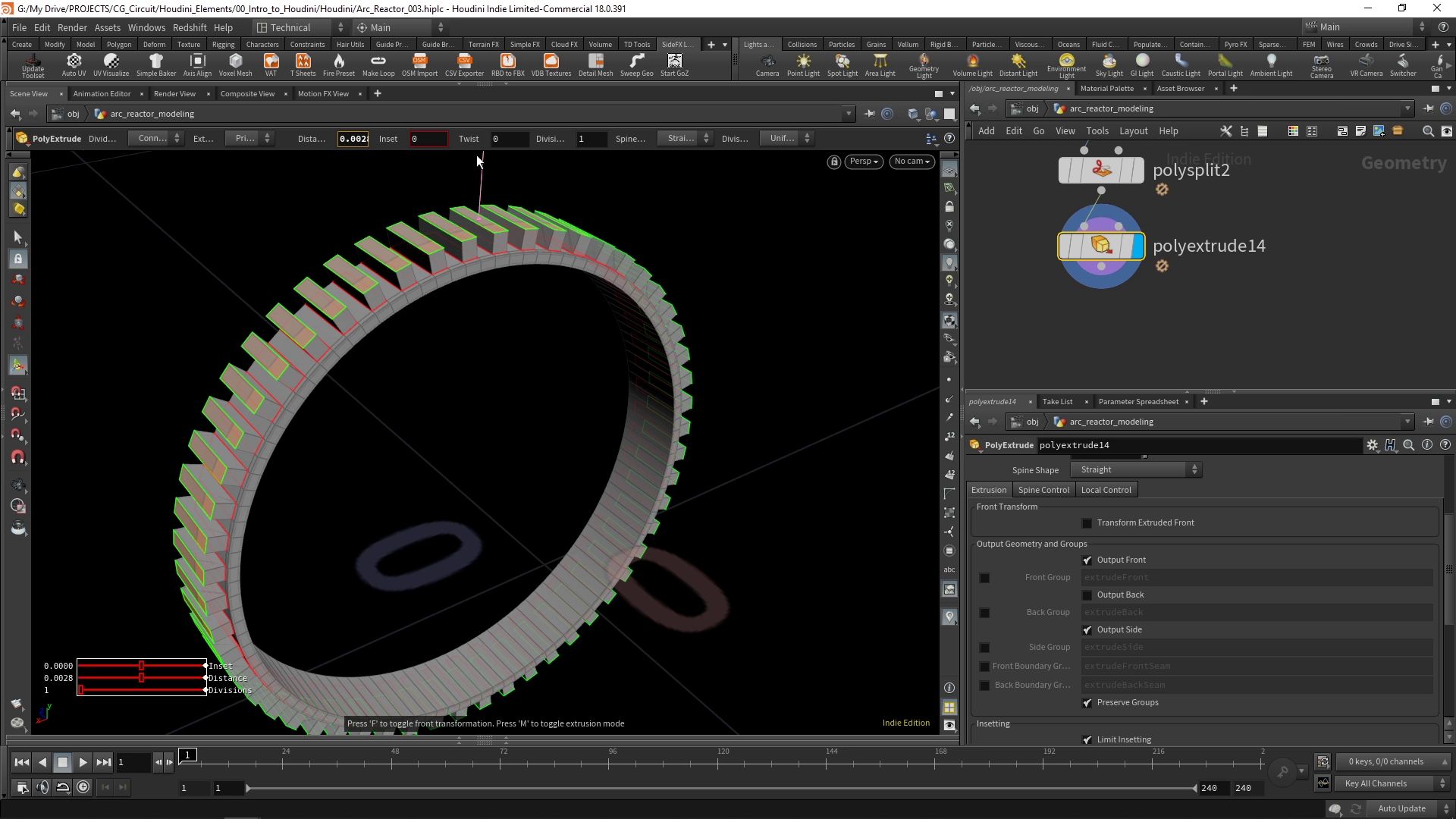
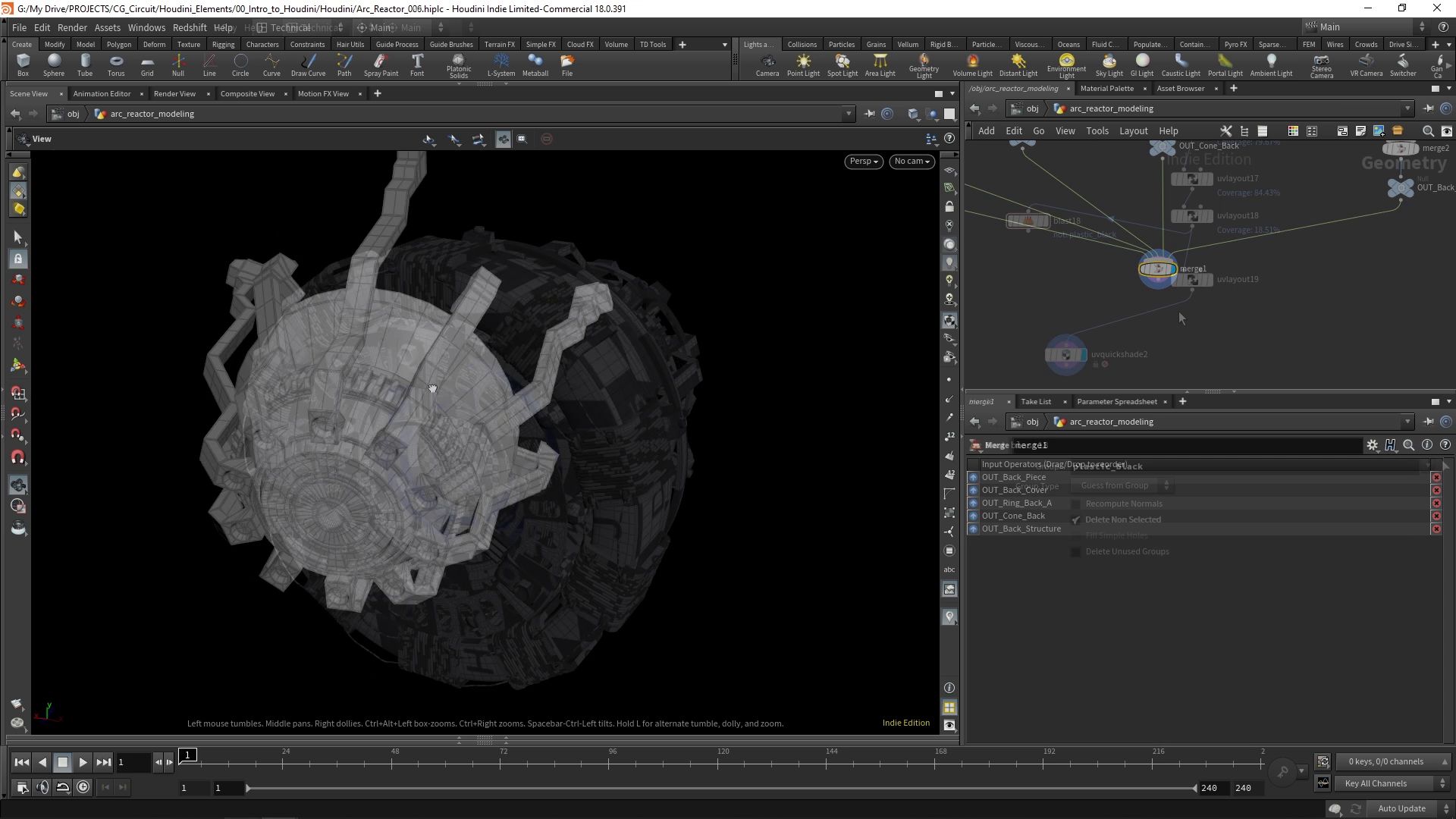
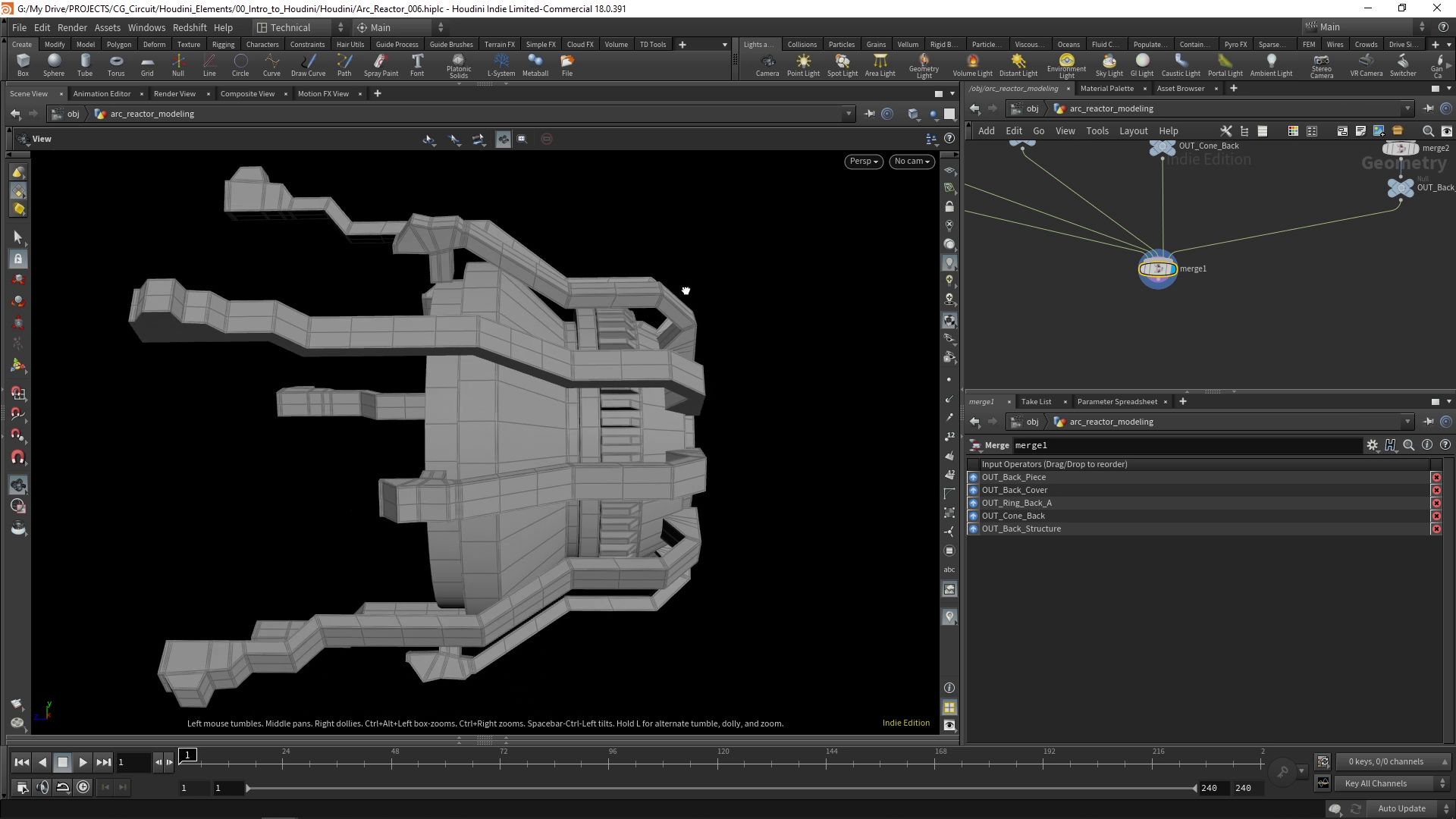
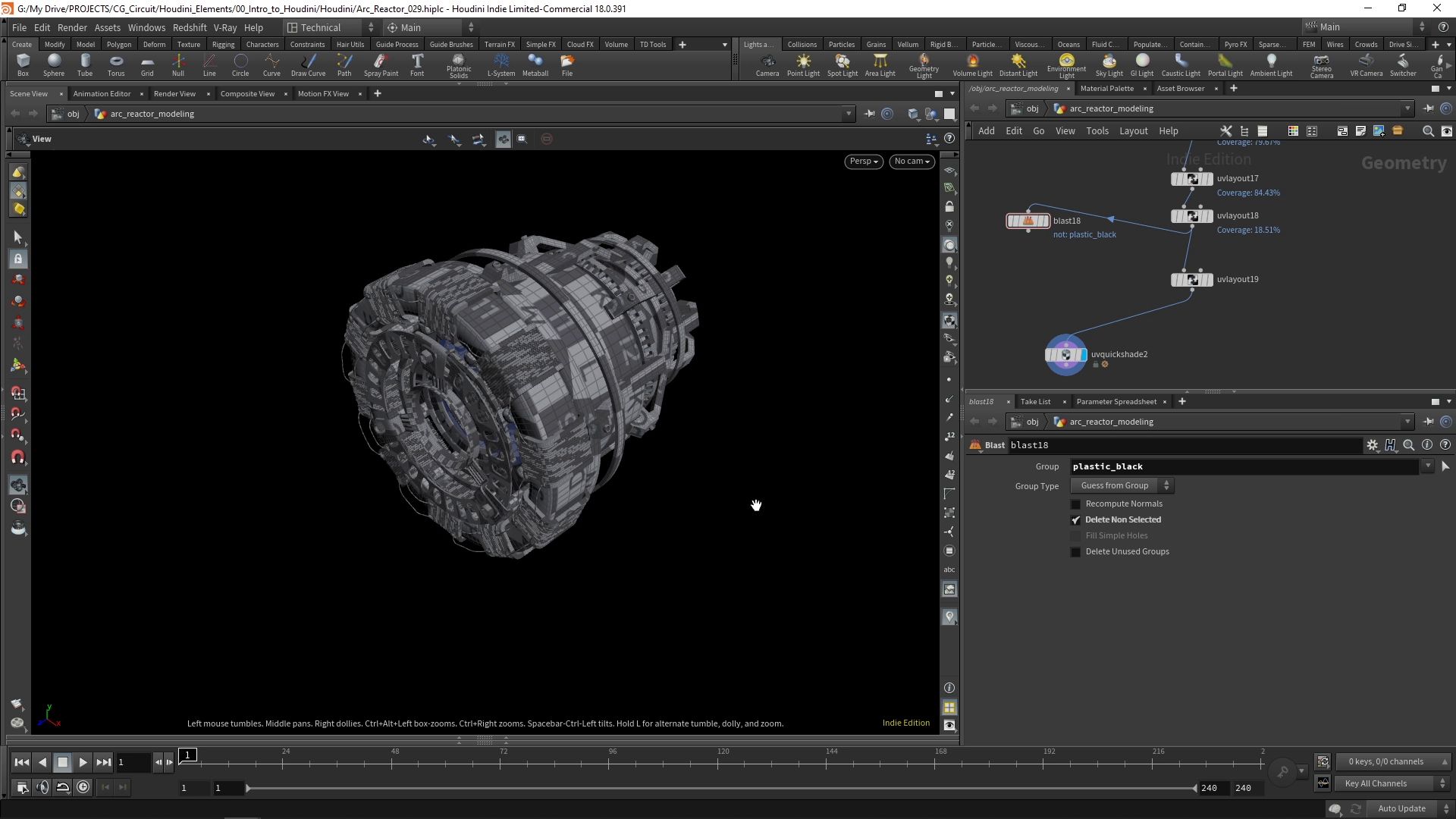
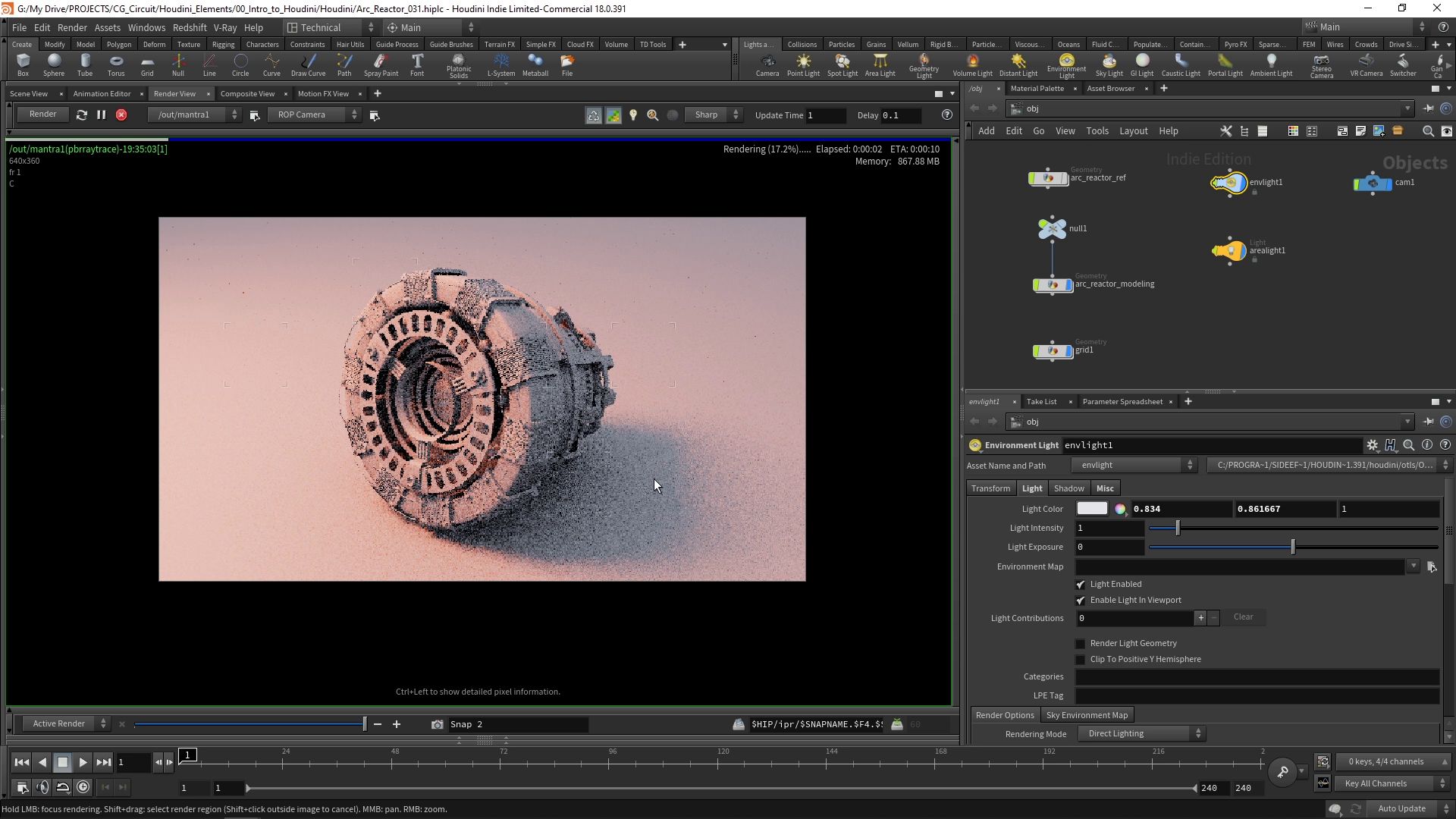
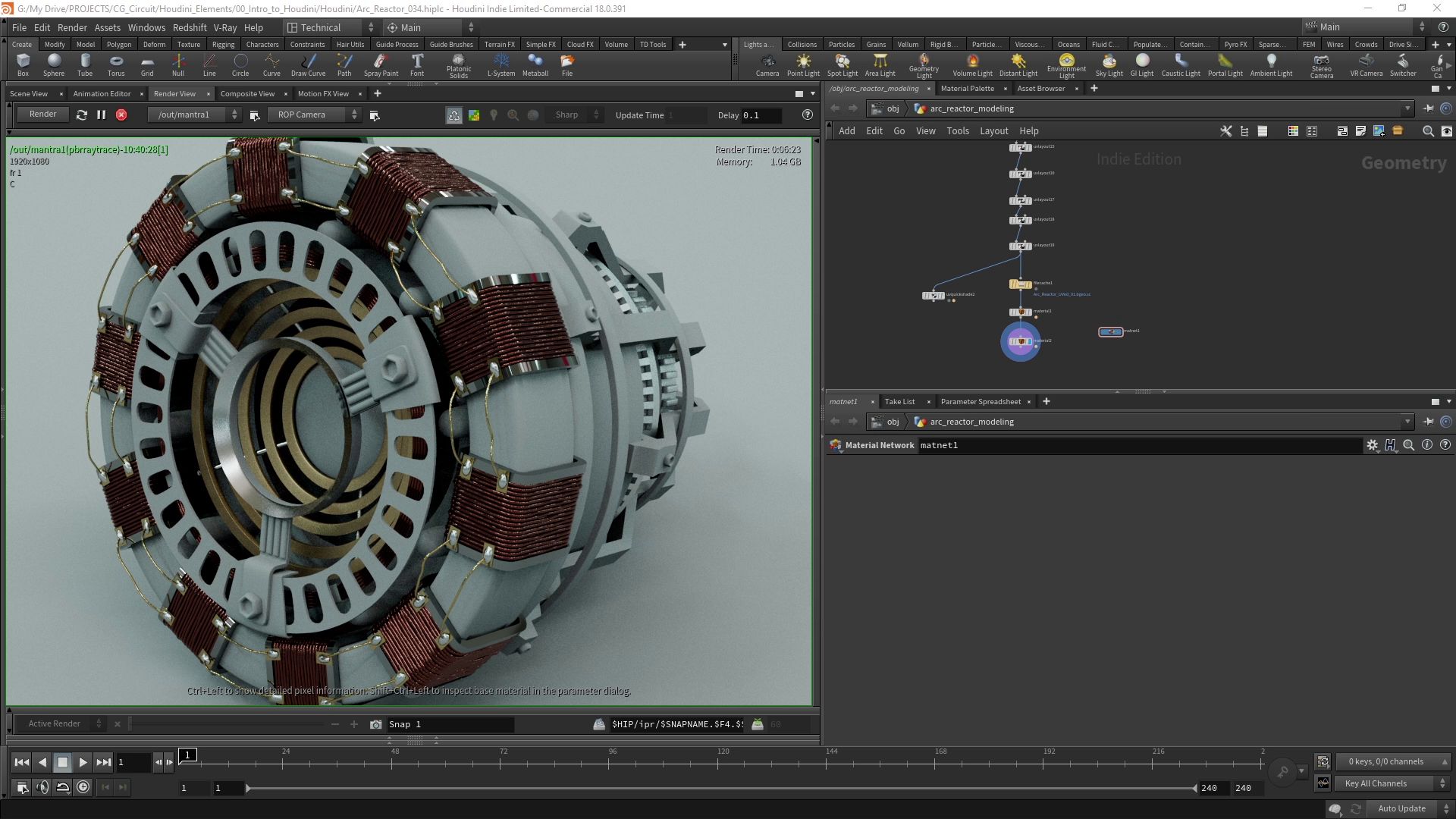
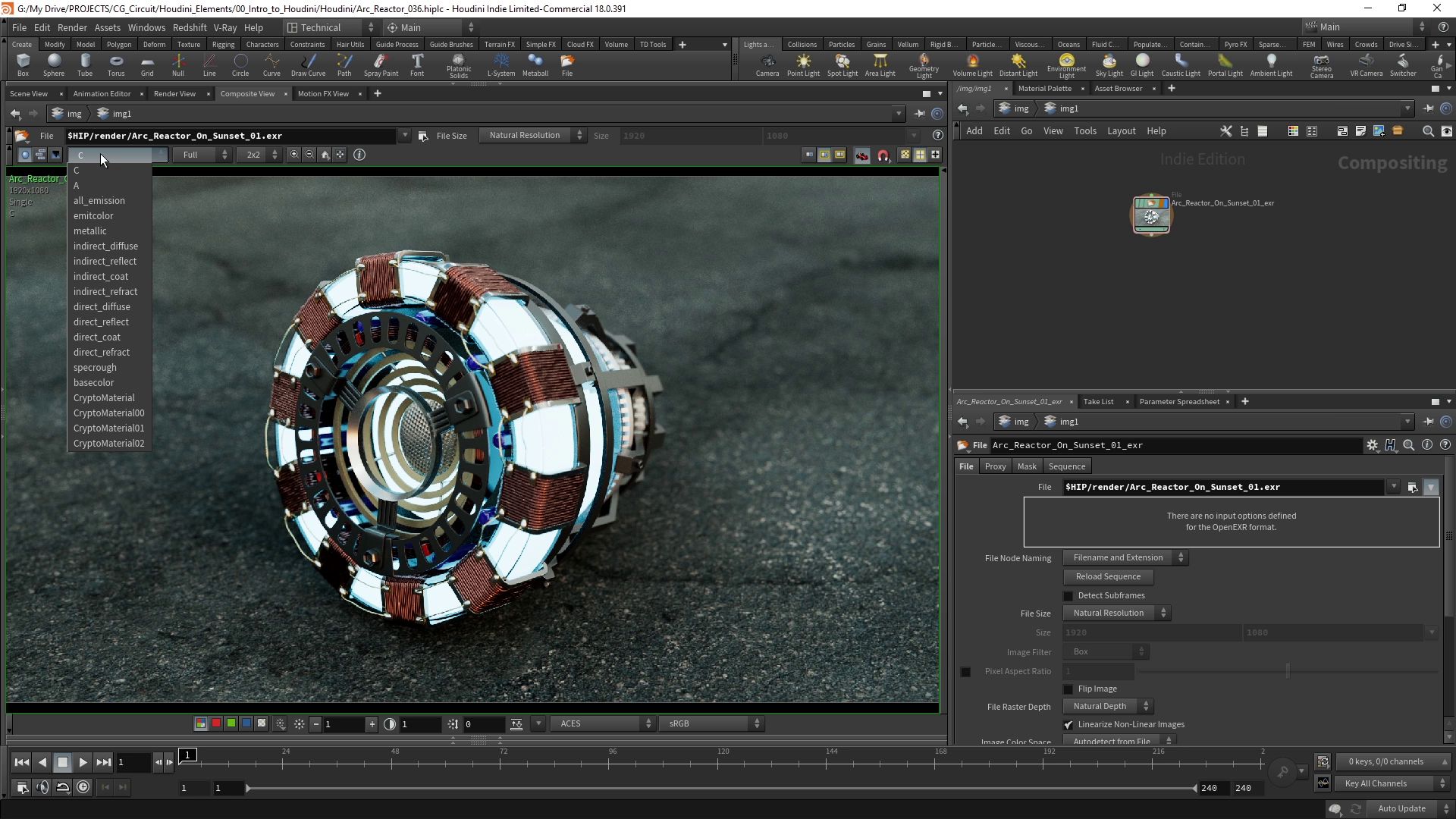
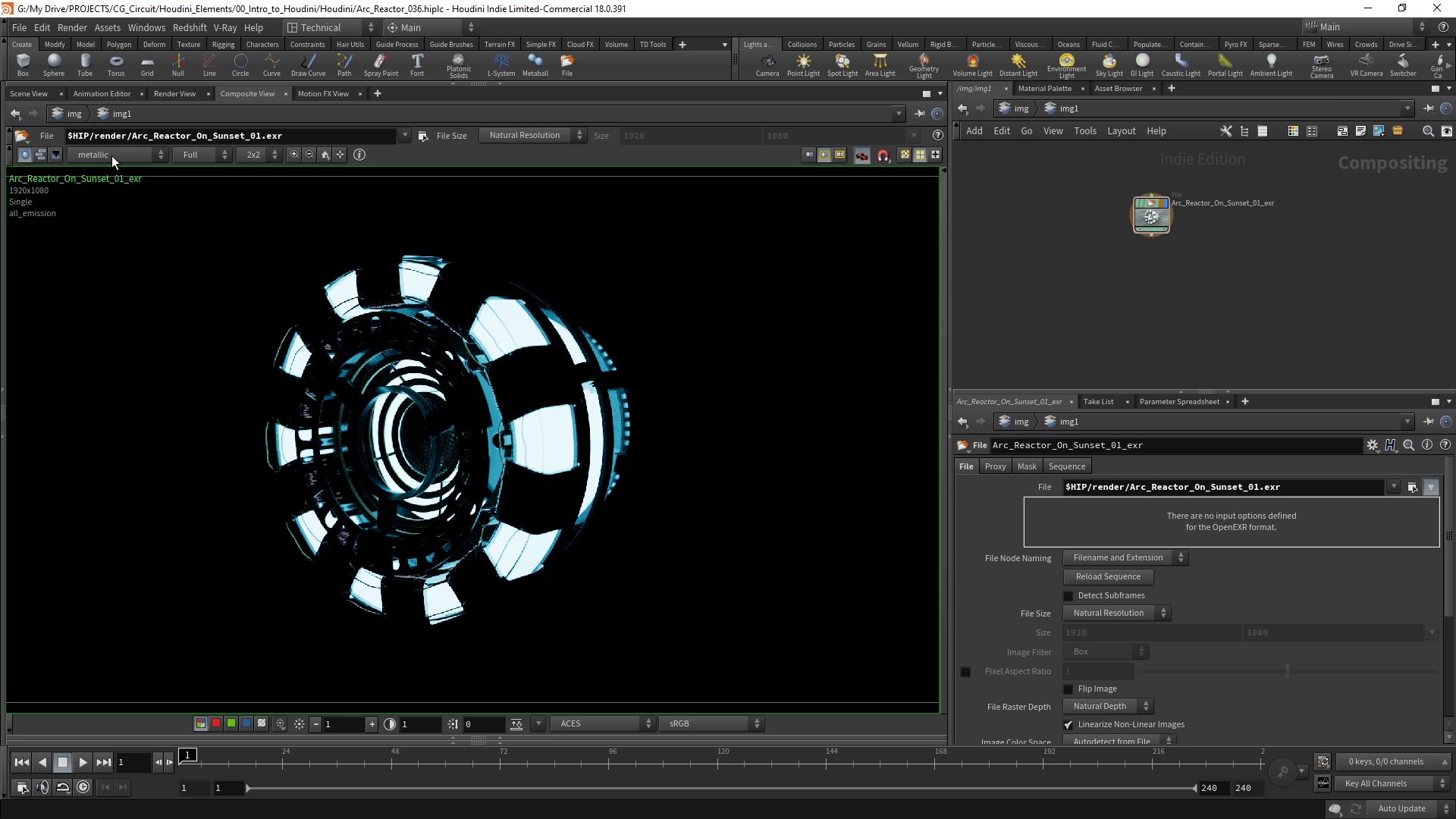
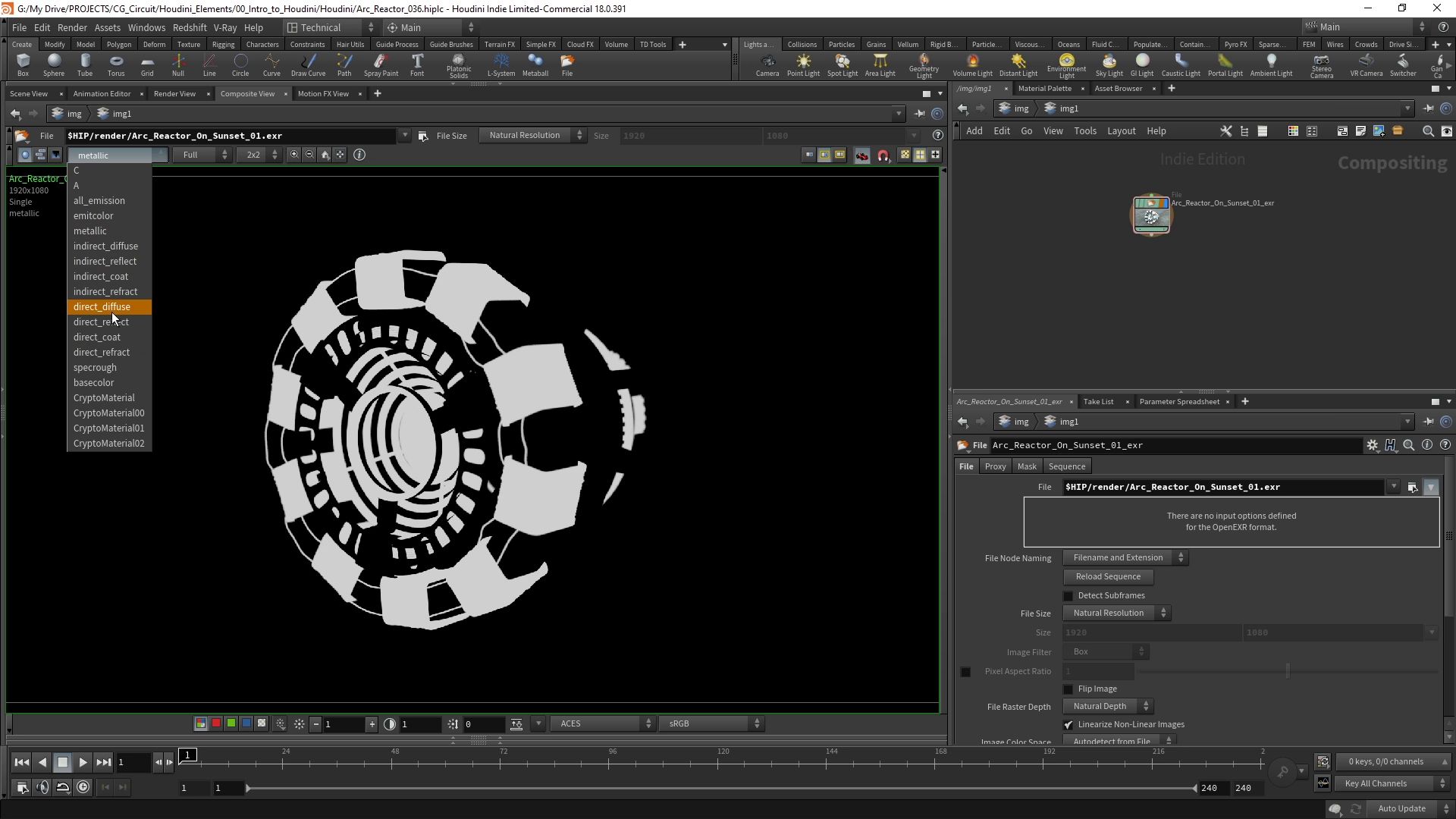
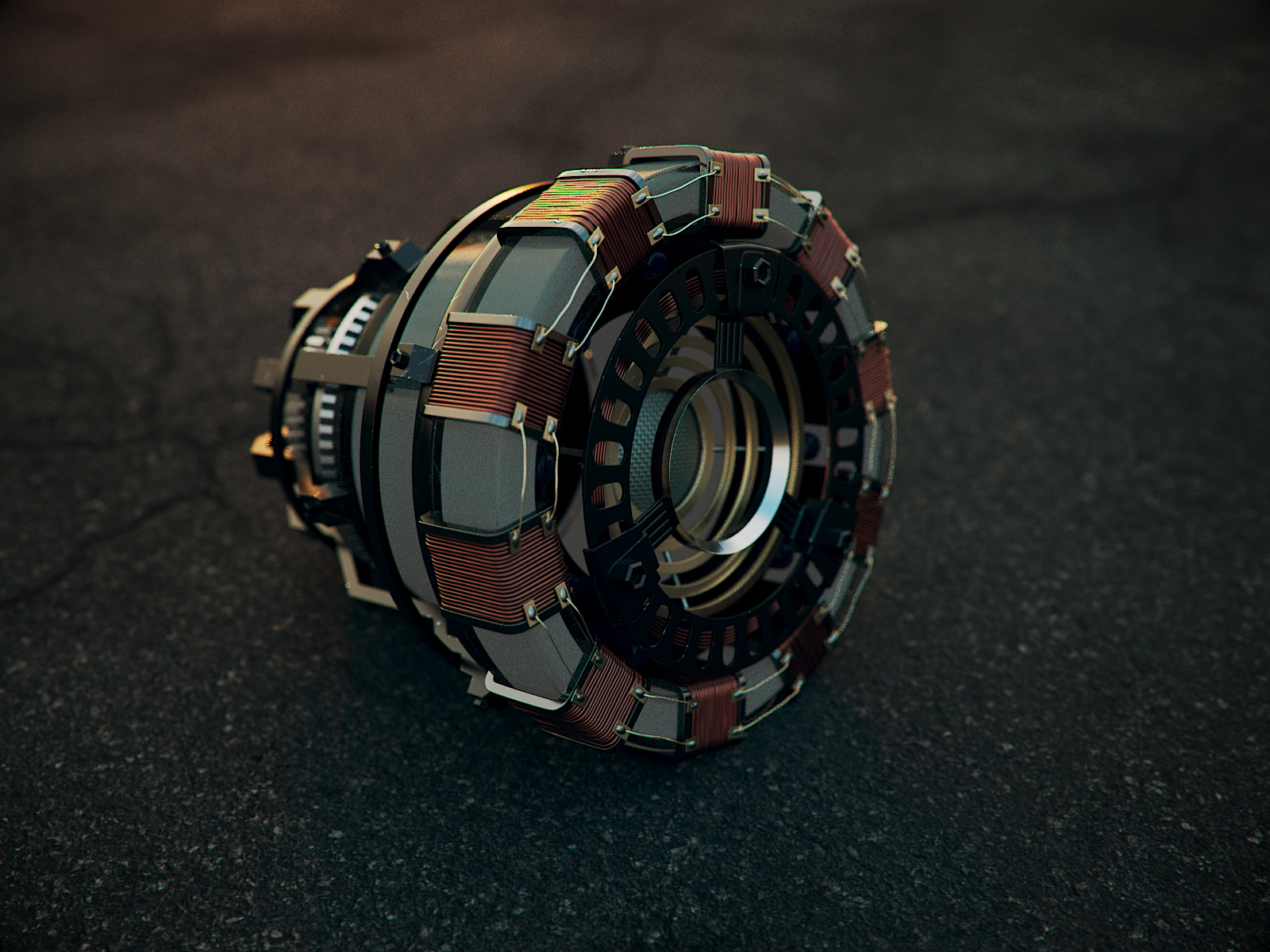

COMMENTS
Please log in to leave a comment.